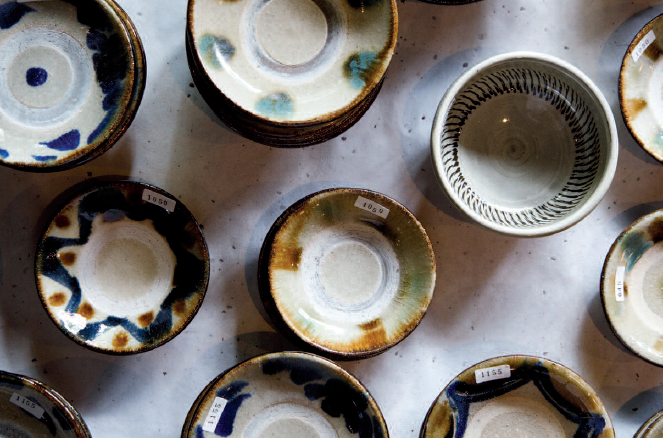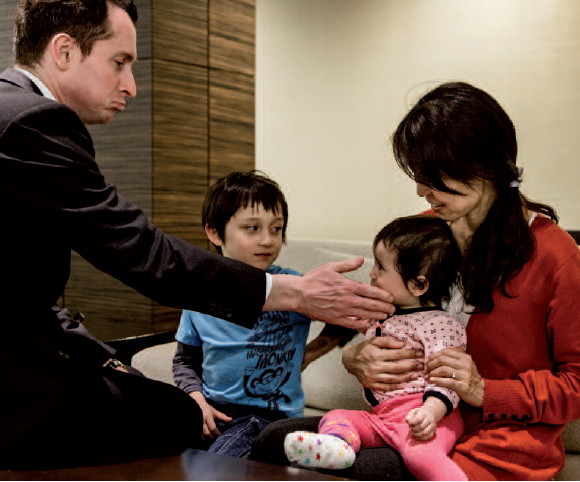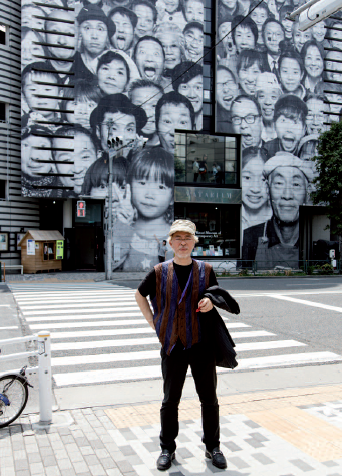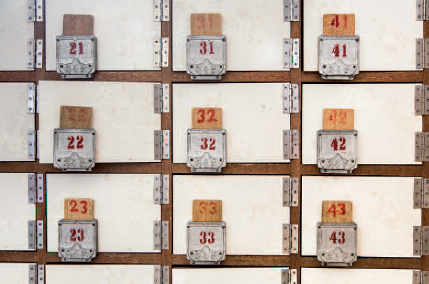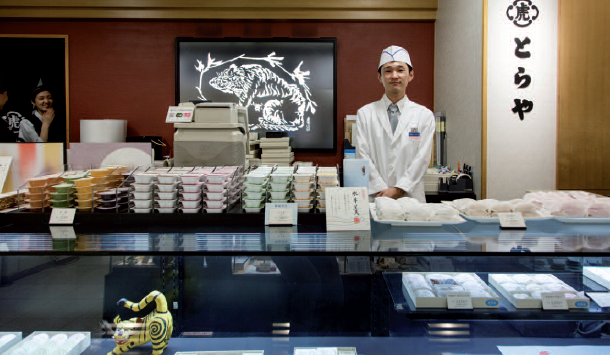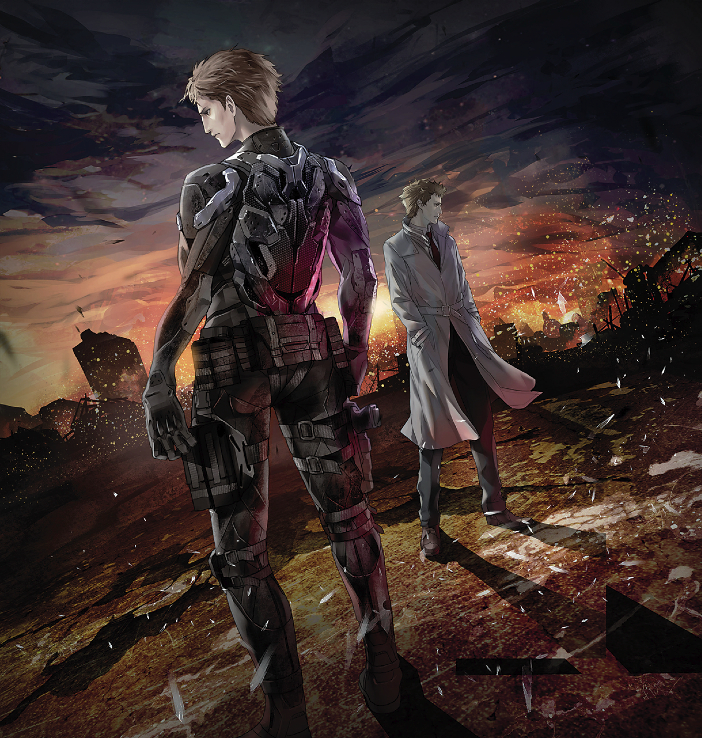
God Speed You! Black Emperor by Yanagimachi Mitsuo is an unusual film that bears witness to a bygone era.
Since the end of World War II, biker culture has been synonymous with youth, freedom and rebellion, and cinema has wasted no time in chronicling and even exploiting the phenomenon. Starting with the Marlon Brando film The Wild One (1953), most of the biker movies that were produced in the next 20 years – many of them low budget affairs – came from America, but Japan began to catch up at the end of the 60s with the Nora neko rokku (Stray Cat Rock) series – five exploitation films about an all-girl motorcycle gang – that launched actress Kaji Meiko’s career. While these fast-paced films are all about stylized violence and cool babes, in real life the streets of Japan were ruled by an entirely different kind of delinquent biker gang, the so-called bosozoku (Lit: Out-of-control tribes), that were often engaged in fighting rival gangs, outracing the police and generally wreaking havoc on their illegally modified bikes. Director Yanagimachi Mitsuo famously portrayed these teenage delinquents in his debut feature film, the iconic God Speed You! Black Emperor. This indie documentary was made in 1976 by Yanagimachi’s production company Gunro Films, during a time when bosozoku gangs where still on the rise – they peaked in 1982, when national membership topped 40,000. The Black Emperor of the title is the name of the gang that Yanagimachi follows around town and whose members he interviews. Japanese biker gangs were infamous at the time for their bloody fights with rivals and for terrorizing people with wooden swords, metal pipes and baseball bats. They used to vandalize cars and were generally a social nuisance. However, the Black Emperor gang, grandiose name notwithstanding, seems quite tame in comparison. Granted, the members seem to do whatever they can to look tough and anti-establishment, what with the swastikas they draw on their clothes and paint on walls for added shock value, and other assorted anti-social behaviour.
At the same time though, they are relatively polite whenever they are confronted by the police, and the closest the viewer gets to seeing any violence is when one member is punched and kicked for stealing money from the gang’s “fundraising drive”. These kids proudly claim to be homeless, but when they have finished racing around all night long with their pals they go home to their families for a well-deserved breakfast. One particular gang member looks pretty tough until he is arrested as a suspect for trashing a taxi with some of his fellow street thugs. A court date is supposed to be a badge of honour for every selfrespecting hooligan, but this kid is too scared to face the judge alone and virtually begs his mother to go with him to the trial. To be sure, the only women who consistently appear in front of Yanagimachi’s camera are the goofy thugs’ mothers. For all their ostentatious machismo, these kids are just too shy to talk to girls, and spend a good part of the day lazing around in cafes or planning activities like a group of boy scouts. In short, we are quite far from the cool leatherjacketed bikers portrayed just one year previously by Ishii Teruo in Detonation! Violent Riders, a stylish bosozoku movie featuring a bearded Sonny Chiba. The real-life bikers who parade on screen only wear street-clothes instead of the expensive tokko-fuku (special attack uniforms) elaborately embroidered with kanji (Chinese characters) depicting the imperialist and right-wing slogans that are part of bosozoku fashion and iconography. Their most bosozoku-like features are the hachimaki headbands many Black Emperor members wear, and the ‘punch perm’ hairstyle that make them look like a bunch of teenage yakuza wannabes. Being a motorized delinquent costs money as bikes are expensive and modifications even more so. The economic factor is cited as one of the reasons for the seemingly irreversible decline of the Japanese biker gangs in the last 20 years or so. According to the National Police Agency, membership in 2011 was down to 9,064, a big change from the time when the gangs were responsible for 80 percent of juvenile crimes. The other major factor for the demise of the bosozoku are the police themselves, who finally seem to have lost their patience. In Yanagimachi’s documentary they spend most of the time following the kids around or calmly warning them about the dangers of careless bike riding. Indeed, according to many bosozoku veterans, the police used to let them off easily, and no matter how many times one of them was arrested for reckless driving, they would never strip him of his driving licence. Today, however, it’s a completely different tune. The new laws passed in 2004 make it easier to arrest them and the authorities only need to collect enough evidence to identify the bikers involved in an incident and will later quietly arrest them and revoke their licences. Yanagimachi’s fly-on-the-wall documentary, while short on shocking images, is a fascinating look at certain aspects of Japanese society – rebels and outsiders – that people, especially foreigners, rarely get to see. Visually gritty and low-budget, its grainy black-and-white photography is technically far from perfect. Also, at 90 minutes, it feels too long, as the same scenes reappear again and again. However, all said it’s a very honest film, and is worth a watch if you like seeing bikers racing through the night.
Jean Derome



